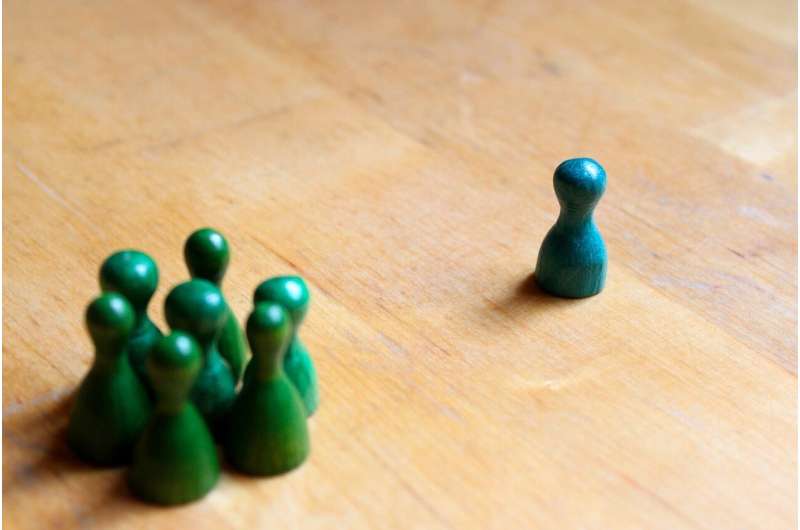Understanding Urinary Incontinence in Men: Causes, Types, and Treatments

Learn about the causes, types, and available treatments for urinary incontinence in men, including surgical options like male urethral slings and artificial sphincters.
Urinary incontinence is a condition that affects many men, leading to involuntary leakage of urine. It can stem from various causes and be classified into different types, each with distinct characteristics and treatment options.
There are three primary types of urinary incontinence:
- Stress incontinence occurs when urine leaks during activities that exert pressure on the bladder, such as lifting, climbing stairs, or vigorous exercise.
- Urge incontinence is characterized by a sudden, intense urge to urinate followed by involuntary leakage.
- Mixed incontinence involves a combination of both stress and urge incontinence symptoms.
The condition can be managed through a variety of approaches, including behavioral modifications, pelvic floor exercises, medications, nerve stimulation, injections, and surgical procedures.
Stress incontinence in men is notably common following prostate surgery, with up to 10% of men experiencing symptoms post-operation. This often results from damage to the sphincter muscles and pelvic floor laxity caused by procedures like prostatectomy, which remove part of the prostate and diminish control over urination. Normally, the sphincter muscles maintain closure of the urethra when the bladder fills, but post-surgery weakening makes it difficult to hold urine, especially during movement, sneezing, bending, or laughing.
Many men see improvement with time and pelvic physical therapy within the first year after surgery. Approaches like physical therapy are often tried before opting for surgical treatments, which include male urethral slings and artificial urinary sphincters.
Male urethral slings involve placing a synthetic mesh to support and reposition the urethra and pelvic floor, offering relief for men with mild to moderate symptoms using one to four pads daily. The procedure is minimally invasive and performed on an outpatient basis, with a recovery period involving restrictions on strenuous activity.
For more severe cases, where multiple pads are needed daily, artificial urinary sphincters are used. This surgical intervention involves placing a cuff around the urethra that can be controlled via a pump in the scrotum, enabling the patient to regulate urine flow. Though more invasive, this option is effective for severe stress incontinence, especially when other treatments have failed.
Recovery involves a period of healing where activity restrictions are necessary, and patients are trained in operating the device. When properly managed, artificial sphincters provide significant symptom relief.
Understanding these options and their implications can help men manage urinary incontinence more effectively. Consulting healthcare professionals for personalized diagnosis and treatment planning is essential for overcoming this condition.
This information is based on current research and clinical practices.
Source: https://medicalxpress.com/news/2025-07-men-urinary-leaks-incontinence.html
Stay Updated with Mia's Feed
Get the latest health & wellness insights delivered straight to your inbox.
Related Articles
Research Links Multiple Discrimination Factors to Declining Health Outcomes
A groundbreaking study links compounded discrimination to increased health risks, emphasizing the need for improved social support and anti-discrimination measures to promote public health.
Plain Packaging as a Strategy to Reduce Teen Vaping
Research suggests that plain packaging of vape products can significantly reduce teens' interest in trying them, aiding efforts to curb youth vaping without discouraging adult smokers. A recent study highlights the potential of standardized packaging regulations in creating a balanced approach to vaping control.
New Research Links Oral and Gut Bacteria to Cognitive Decline in Parkinson's Disease
Emerging research reveals a link between oral and gut bacteria and cognitive decline in Parkinson's disease, highlighting potential early biomarkers and new treatment strategies.



